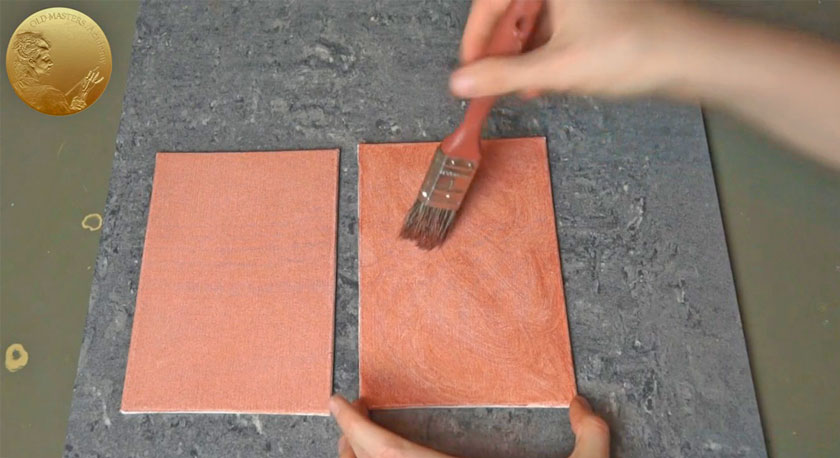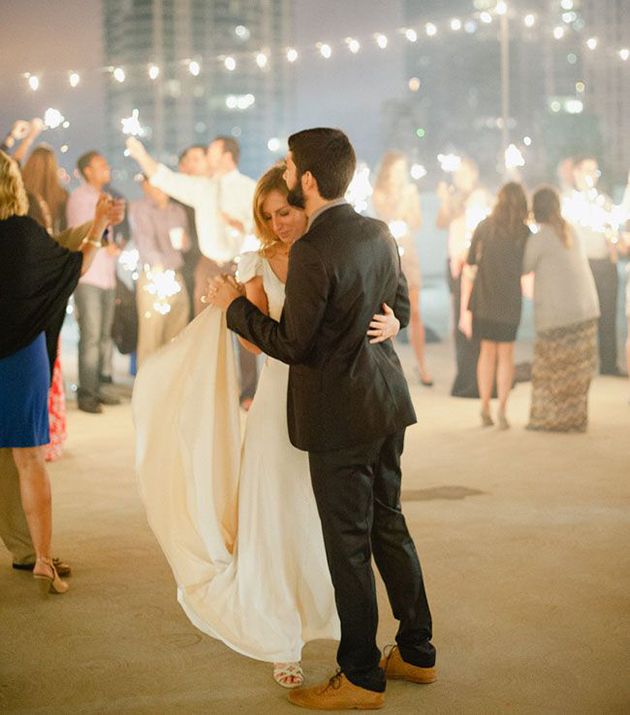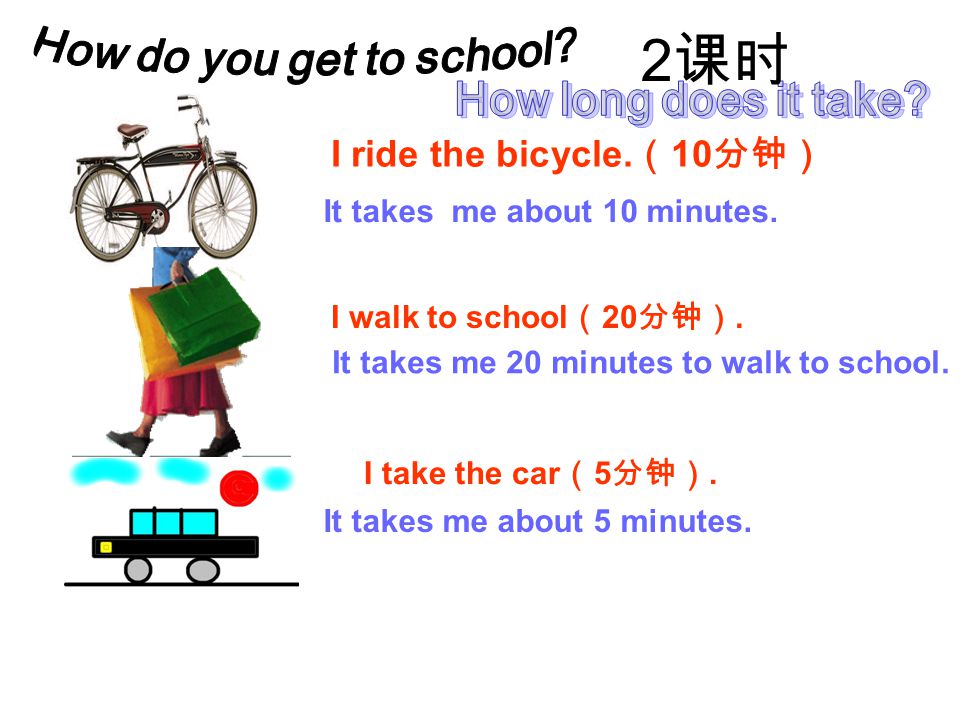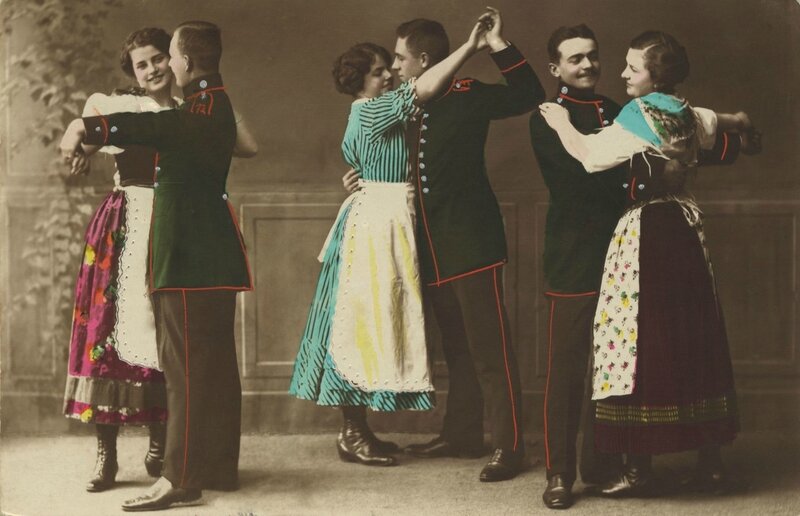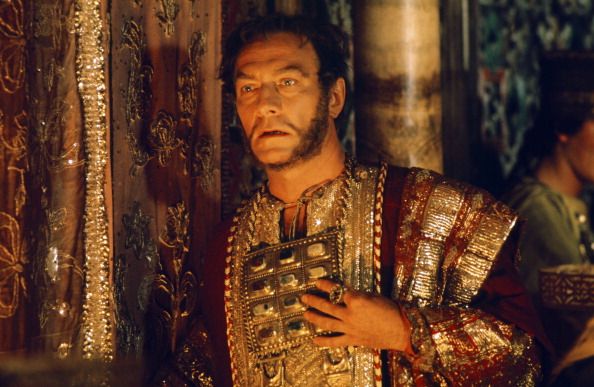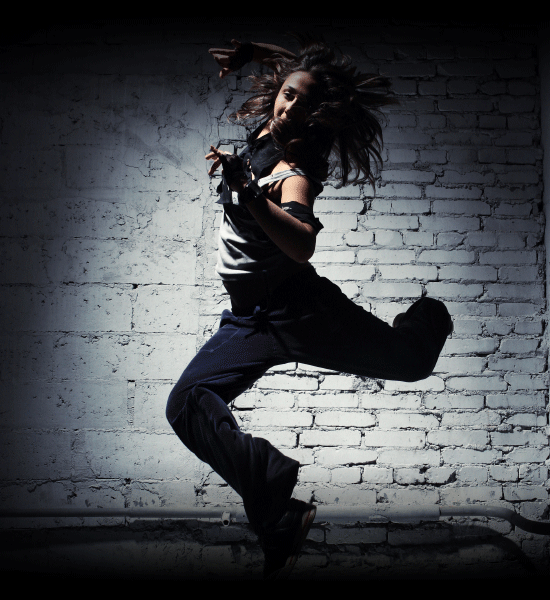How to dance sharper
How To Be A Cleaner Dancer
Are you trying to be a cleaner dancer? We can help! While dance is a form of expression and not a military drill, being clean allows others to see and understand your movements better. And having a good understanding of your execution will help you feel free-er and more expressive! Here are some tips that will help you be a cleaner dancer.
1. Developing body awareness
To be a clean dancer, you must develop a sense of awareness so that you are able to mimic the pictures of the choreographers or those around you. At any given time, you should know where each body part is placed, down to your fingertips. It’s always a good idea to take a step back and notice what your body is doing in relation to what you want it to do. Are your toes pointing in or out? Fingers together or spread apart? Shoulders tensed or relaxed? Take a look in the mirror and try to match the choreographer or fine-tune what picture you want to make.
Practice with: The Ultimate Guide To Body Awareness For Beginner Dancers
2. Knowing your basic anglesThere are certain body angles and positions that'll help you to memorize know because they are used often. As you take more classes (especially foundational styles and beginner classes), hitting these angles will become second nature. If you’re newer to dancing, then drill the basic angles into your body so that it won't be something you consciously have to pay attention to all the time. Here are more reasons Why Every Dancer Should Take A Beginner Dance Class
For example, 45 and 90 degree angles are always used, so get that into your system ASAP. This will let you to focus on other details that make up the move. And come cleaning time, you won't have to be cleaned as often because you already have a handle on the base of the moves.
Trying to clean a large group? Directors, this is How To Clean Your Dance Team
3. Using your musclesIf your arms or any other body parts are floppy, then you’re going to look messy. So use your muscles! You should think of them as brakes for your movement that’ll let you freeze at a moment’s notice. Tense up at the RIGHT moments to stick your pictures. I’ve done exercises where I go through any pictures in a piece and flex my body at those points to try to develop muscle memory for each picture. The more developed your muscles are, the better you will be at controlling your movement.
Not sure how to practice? Use these tips: Wanna Dance With More CONTROL?
4. Defining your path of movementTo be a cleaner dancer, it’s critical that you think about the pathway of the movements. When you look for directions on Google Maps, it’ll show you different ways from getting from point A to point B.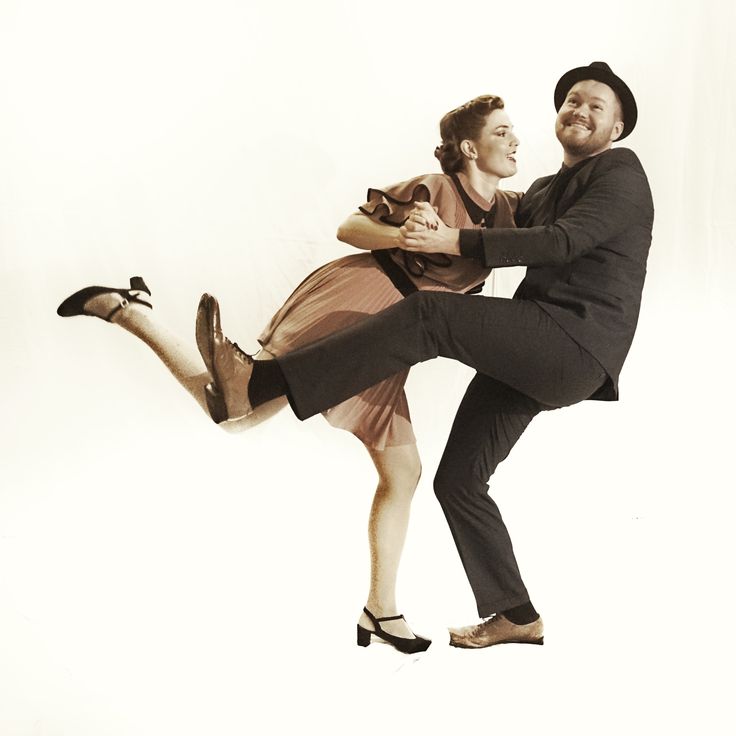 Yes, you’ll get to where you want to go in the end, but all these pathways look SUPER different.So when you’re learning choreography and don't feel like you're doing it right, take a look at the path of your moves.
Yes, you’ll get to where you want to go in the end, but all these pathways look SUPER different.So when you’re learning choreography and don't feel like you're doing it right, take a look at the path of your moves.
Mastering timing will help your cleanliness like crazy. Being able to move slow and take your time AND being able to move crazy fast can only translate well if you're doing it cleanly. And if you can’t do the moves properly at 1/10th of the speed, then there’s no way you can do it right in tempo. So start slow, first. I like to take a piece and go through it a couple times really slowly, so I can really get the pictures right and understand how it feels in my body. Then I speed it up in increments until I can do it in tempo. This is especially helpful before you cast or do groups in class.If you want to take it a step further, then learn some popping animation fundamentals!
Poppers have some of the craziest speed control. Learn to dance on top of the music: How To Train Your Musicality As A Dancer
Learn to dance on top of the music: How To Train Your Musicality As A Dancer
When you’re doing choreography or other hip hop styles, you want to be really grounded in your movements so that you’re not toppling over while you’re dancing. You can’t have a strong tree without strong roots – and your feet and legs are the ones anchoring you to the floor as you’re dancing.If you’re going to be wobbling while you’re trying to move around, then it’s likely that you won’t be able to do any of the other moves 100% correctly.
"Don’t skip leg day," they say – and the same goes for dancing. Stay grounded and balanced to better execute your moves! Read about Why "Staying Light On Your Feet" Is Actually Bad Advice Taking classes on STEEZY Studio is the perfect way to polish your cleanliness. Choreographers not only teach each move in thorough detail, you get to practice each combo or section as many times as you need. Watch this video for more tips on dancing clean!
Watch this video for more tips on dancing clean!
Sign up today to start for free! Do you have any activities your practice to help with cleanliness? Share them with the community by commenting below!
How to make your dance moves look cleaner | by Jason Pu
Ever wonder how your favorite dancer moves so cleanly?
Whether you’re doing ballroom or breaking, cleanliness is king. Precise execution is a hallmark of contemporary hip hop in particular — think Lyle Beniga or Les Twins. These dancers have spent countless hours refining their motor skills to achieve razor-sharp movement.
Luckily, you don’t have to be a pro to level up these skills.
Making your moves cleaner is all about muscle memory. It’s defined as “the ability to repeat a specific muscular movement with improved efficiency and accuracy that is acquired through practice and repetition” (Merriam Webster). When you properly set a dance move into your muscle memory, it comes out right without thinking twice.
When you properly set a dance move into your muscle memory, it comes out right without thinking twice.
Despite the name, muscle memory happens in the brain. There are two steps to the process: a memory encoding stage, and a memory consolidation stage. In other words, you learn by doing, then let your brain do its thing. Completing this process again and again will have your repertoire looking squeaky clean.
Step 1: Memory encoding
When cleaning a dance move, your job is to teach your brain the information that will eventually turn into instinct. The key word here is “conscious.” Be aware of your body: what it’s doing, how it feels, and the resulting visual.
Below is a general breakdown of “teaching your brain”, assuming you can already perform the technique you want to polish.
- Be aware of what your body is doing. That means each and every body part, from your face to your pinky toe. How engaged is your core? Which body parts are supporting more weight? Don’t worry about how it looks at this stage.
 Focus on what your body parts are doing separately and as a whole to perform the motion.
Focus on what your body parts are doing separately and as a whole to perform the motion. - Be aware of how your body feels. Again, this means the individual parts as well as the whole. Remember the stretch you feel in your left calf, the lightness of your ribcage. If anatomy isn’t your thing, think of an image like “rubber band,” “feather,” or anything that helps you retain the feeling.
- Be aware of the resulting visual. You can use mirrors, video recording, or a companion to help you adjust your actions until the outcome is to your liking. If you’re learning a technique from someone else, use them (or a video) as a reference.
Chances are, you won’t be completely happy after the first run-through. No worries — start again and adjust accordingly. It’s good to go slowly and thoroughly, so that your brain consciously absorbs all the information that you’re encoding to memory.
Source: Wikipedia, “Memory consolidation.”Step 2: Memory consolidation
The second part of muscle memory happens when you’re not training. In the downtime, your brain redistributes information and forms new pathways between its regions. So get enough sleep, eat healthy, and do what you can to make your brain’s job easier.
In the downtime, your brain redistributes information and forms new pathways between its regions. So get enough sleep, eat healthy, and do what you can to make your brain’s job easier.
Before you know it, your moves will be as clean as a whistle, and they'll be more effortless too. If it’s not working, or you want to make adjustments, simply return to the conscious encoding stage.
Let me know if this helps you practice more effectively or if there’s something I missed. Also, if you’re interested in learning more about muscle memory and the science behind it, this TED-Ed video is a good place to start.
As always, feel free to reach out if you have any questions or feedback; I’m on Instagram @glissando. If you liked the article, I’d be grateful if you shared it or clicked that clap button. Thanks for reading — peace!
Air webs
You can do what previously seemed impossible - dance in the air
How to make the dance even more sensual and emotional… perform it in the air.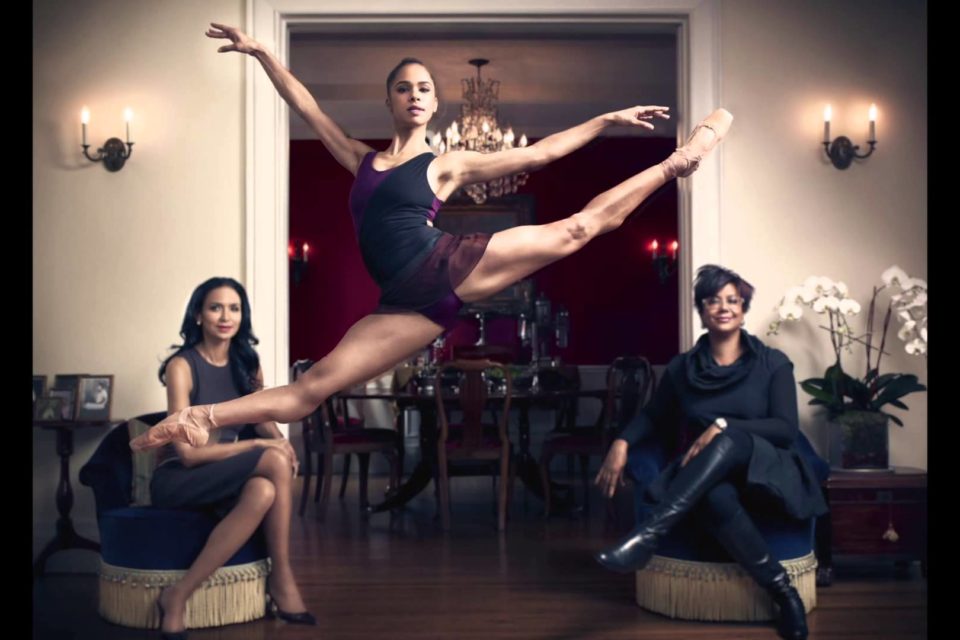 An unexpected idea? And you try. Under your favorite track, wrap yourself in silk linens and get off the ground. Let the fabric hold you securely by wrapping around your waist, hips, or holding just your wrist. And at this time you can create, dissolving in the music. In the air, the feeling of freedom and boundlessness of movement is felt more acutely. More opportunity to fill the dance with the most beautiful elements and add experiments. You can make bold spins, unexpected breaks and gracefully demonstrate the beauty and capabilities of the human body, filling it all with a special meaning.
An unexpected idea? And you try. Under your favorite track, wrap yourself in silk linens and get off the ground. Let the fabric hold you securely by wrapping around your waist, hips, or holding just your wrist. And at this time you can create, dissolving in the music. In the air, the feeling of freedom and boundlessness of movement is felt more acutely. More opportunity to fill the dance with the most beautiful elements and add experiments. You can make bold spins, unexpected breaks and gracefully demonstrate the beauty and capabilities of the human body, filling it all with a special meaning.
For you we have introduced Aerial silks – training-dance on aerial silks. A powerful modern direction in fitness, which comprehensively develops a person and makes it possible to realize the most daring ideas.
It all started with a circus. In 1995, the French aerialist Isabelle Vaudel performed at the International Festival of Circus Art "Circus of Tomorrow" with a number on the canvases.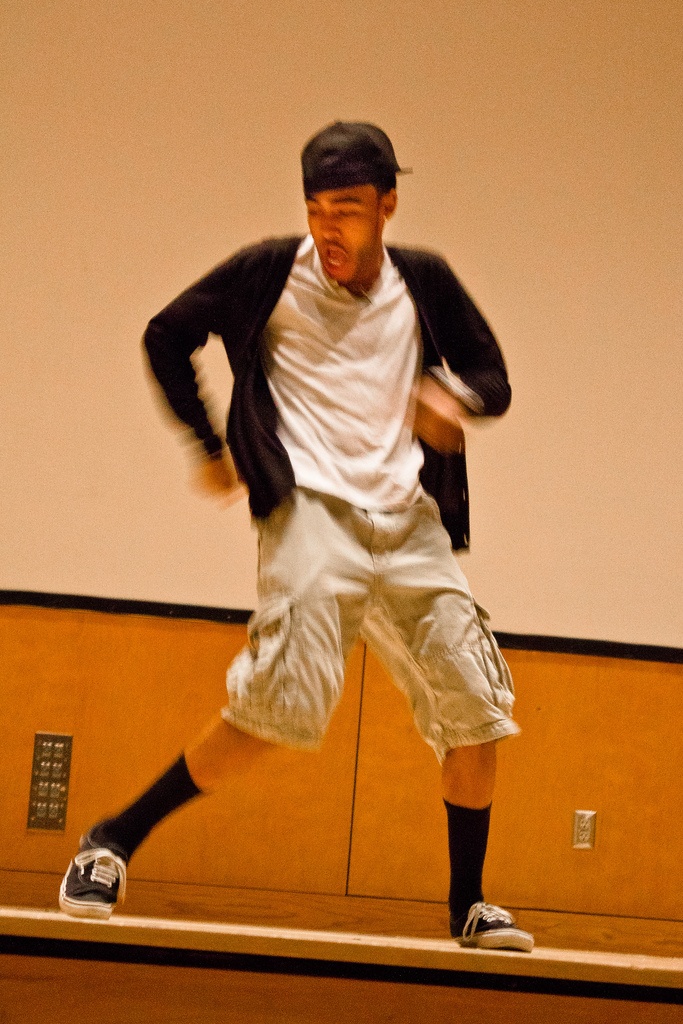 Her performance was so successful that a year later Isabelle worked with him in the Quidam show of the Cirque du Soleil. The genre of aerial acrobatics on canvases spread across all stages of the world and was very fond of the audience, and then came to dance and fitness halls. First in Europe and America, and now it is actively developing here.
Her performance was so successful that a year later Isabelle worked with him in the Quidam show of the Cirque du Soleil. The genre of aerial acrobatics on canvases spread across all stages of the world and was very fond of the audience, and then came to dance and fitness halls. First in Europe and America, and now it is actively developing here.
The reason for this:
- This workout allows you to work out a lot of muscles that are difficult to "get" during the usual load on the floor.
- The muscles that keep the balance of the body are included here. Try in the hall at a height of ~ 10–15 cm from the floor to stay exactly on the canvases and you will feel what is at stake.
- You will become dexterous and hardy.
- Canvases need flexibility and stretch to make all poses look aesthetically pleasing and beautiful. This means that you will work in this vein every workout and gradually achieve the desired result.
- Work in the air, at different heights and in a variety of positions: vertically, horizontally, tilted upside down and in general in any direction - perfectly trains balance.
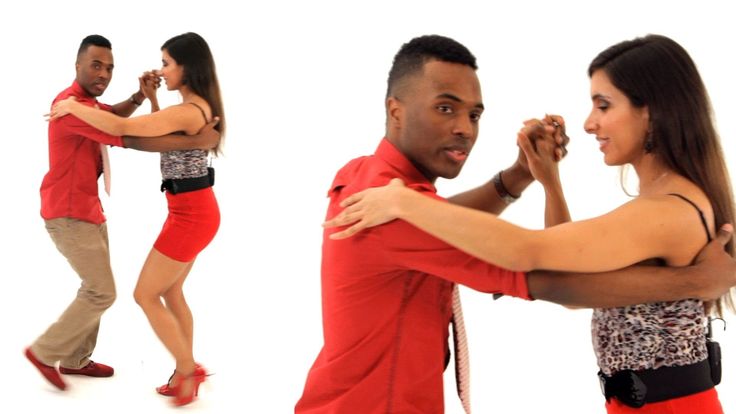 You will feel less dizzy and you will quickly adapt to changes in altitude.
You will feel less dizzy and you will quickly adapt to changes in altitude. - Of course, this is a great activity to get in shape and lose weight.
- Dance, an incredible dance in the air, which beckons and is now available not only to gymnasts.
It's impossible to profile here, but that's fine. Therefore, if your body asks for new sensations and loads. You are bored with the usual workouts or your old dream of dancing in the air is gathering dust - come to the class with canvases. We have created all the technical possibilities for this: special fastenings for air curtains; the fabric itself has the required degree of elasticity, which is suitable even for beginners. Its edges are not processed, so as not to create seals that interfere with the capture. And, of course, the best teachers.
We are waiting for you at the Dance Academy!
Who will teach you
Yassin Angelina
Air sheets, Air ring
Tkachenko Angelina
Air webs, air ring, Acrobatics
Tarasova Maria
Air canvases, Air ring
Mityushkina Taisiya
Air canvases, Air ring
Sign up for a trial lesson
benefits, contraindications and technique
Have you ever been fascinated by Eastern women, how they look, how they dress, how smoothly they move? If the answer is yes, then share the secret of beauty and health.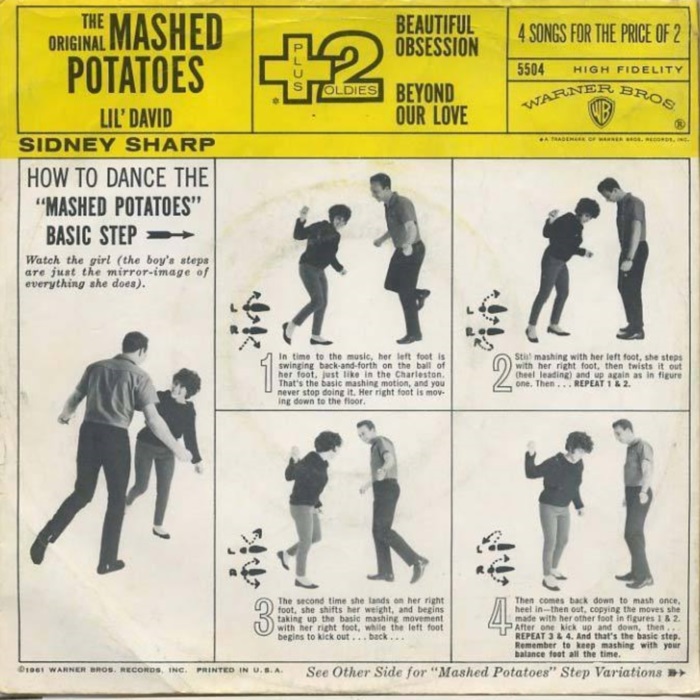 The Indian ritual is the kaushiki or kaoshiki dance, which can be performed both in a group under the supervision of a mentor, and at home on your own.
The Indian ritual is the kaushiki or kaoshiki dance, which can be performed both in a group under the supervision of a mentor, and at home on your own.
What is it?
Kaushiki is a spiritual dance-exercise of yogis that has a positive effect on the body from head to toe, changes the worldview and expands consciousness. This practice was invented by the Indian guru Sri Sri Anandamurti (Baba) in the 70s of the last century.
One of the versions says that many women turned to Baba with a request to create a dance for them in contrast to the male practice of tandava. The name of the dance is based on the words "kosha", which in Sanskrit means a layer of the mind or the inner "I".
According to the philosophy of this practice, kaoshiki dance promotes the development of the female mind, makes it stronger and sharper and allows you to reach the microcosm. Therefore, kaoshiki can also be considered not only as a cardio exercise, but also as a psycho-spiritual practice.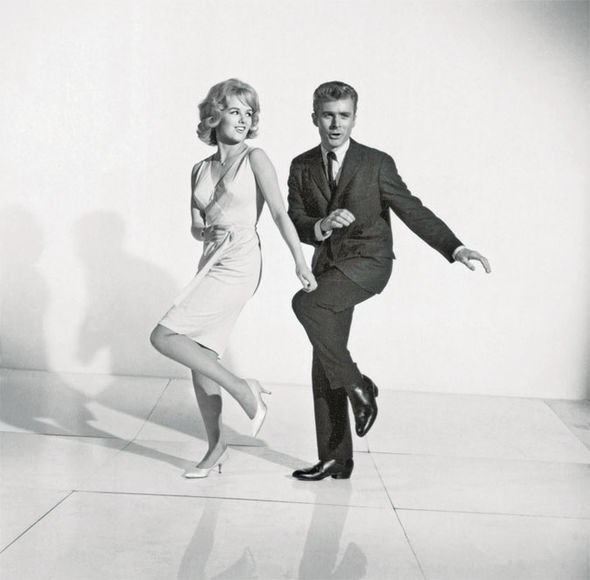
Benefits
Baba identified 22 beneficial effects:
Kaoshiki will cure:
-
insomnia;
-
will give strength and energy;
-
calms the nerves;
-
help to cope with phobias, neurosis and depression;
-
will give you self-confidence.
Yogis recommend doing this exercise:
-
during the menstrual cycle;
-
pregnancy;
-
after a stroke;
-
people suffering from arthritis to relieve pain, get rid of inflammation and learn to control the limbs.
The rhythm that underlies the dance:
-
normalizes the work of the internal glands of the body;
-
promotes the fight against excess weight;
-
slows down the aging process: wrinkles are smoothed out;
-
all internal organs are cleansed;
-
kilograms go.
Contraindications
Dance performance is contraindicated by age and health. You should not deal with people who have:
You should not deal with people who have:
-
serious heart disease, complicated by defects;
-
high or low blood pressure;
-
fever;
-
feeling pain while dancing;
-
during exacerbation of chronic diseases.
Technique
Kaoshiki perform 21 minutes accompanied by the chanting of the Baba Nam Kevalam mantra. The dance consists of 18 exercises, which are performed in 5 stages. This algorithm is well-established and cannot be changed.
Greeting
-
Dancers stand straight.
-
Straighten the spine.
-
Stretch the arms up and join above the head.
-
Then, while chanting the mantra, they begin to slowly move to the right and left, tapping their feet.
Each movement has a special meaning that can be revealed with the help of words.
Outstretched hands connected above the head symbolize the connection with the Cosmos, the boundless Universe.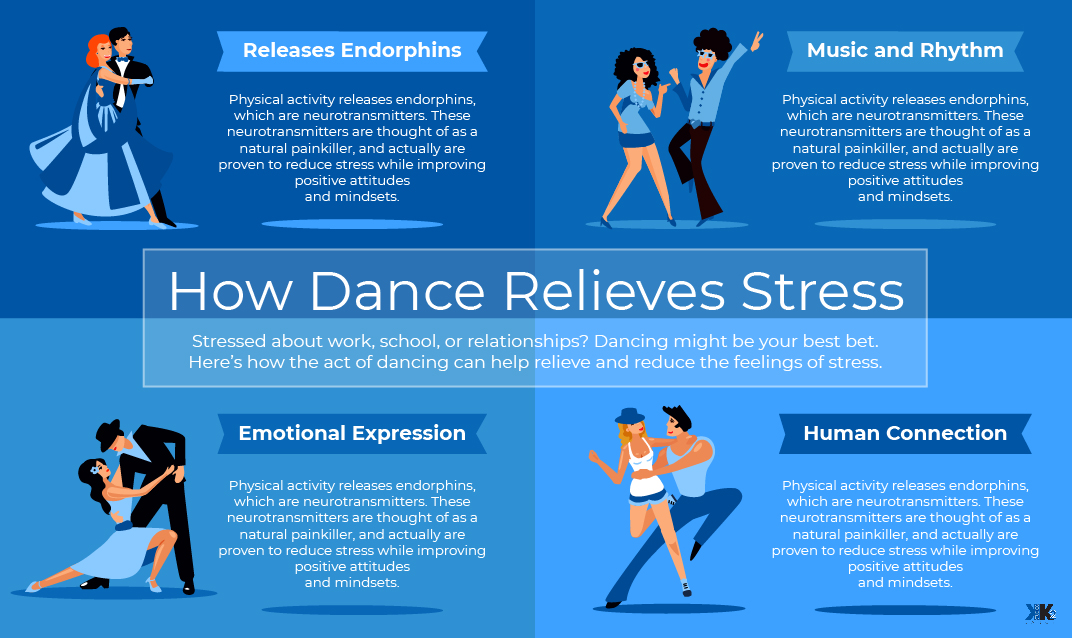 This gesture balances the outer and inner worlds. Foot tapping can be interpreted as "I live in rhythm with You."
This gesture balances the outer and inner worlds. Foot tapping can be interpreted as "I live in rhythm with You."
Opening
-
Dancers perform right-left tilts.
-
The body is bent to the side in three approaches (one approach is a 15 degree tilt).
-
Return the body to its original position in two sets.
With this movement, a message is sent to the Cosmos that the dancer is looking for and can find You.
Initiation
The previous movements are mirrored in the opposite direction, which means finding harmony.
Thus, the female Yin energy and the male Yang energy unite.
Worship
This is followed by forward tilt also by 45 degrees. If convenient, you can stretch your arms in front of you and bend over in two approaches, and return to one.
The tilt is interpreted as a manifestation of respect and love for the universe.
Overcoming
The dancer leans back as far as flexibility allows and then returns to the starting position.
